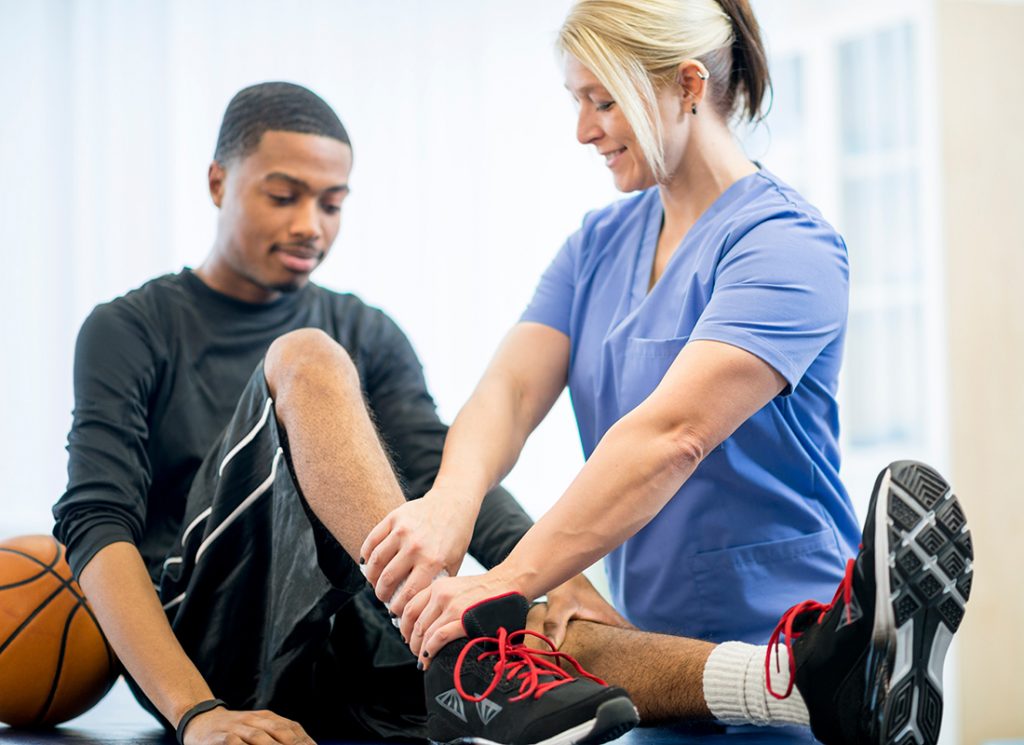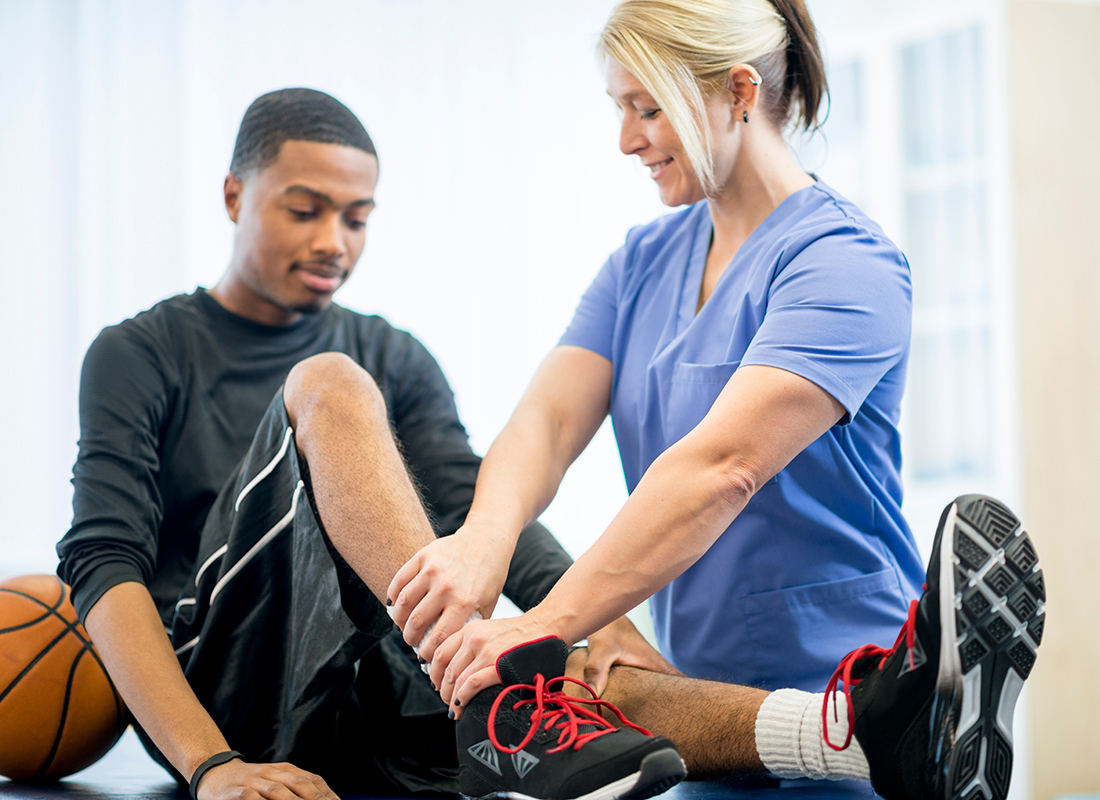
Daily life can be demanding for an ordinary individual, especially athletes who train rigorously every day. And, if something, like an injury, happens to them, their daily life and source of income will likely get affected.
Some people think that wrist injuries are simple conditions that are very easy to treat. Still, they don’t realize that an individual, like a scriptwriter, who works from home and types script for many hours could experience excruciating pain from carpal tunnel syndrome and may find that their bread and butter will suffer from this unless they do something to treat it.
Not many people realize that athletic therapists aren’t exclusive to athletes; they can also work with non-athletic patients since the coverage of their training and field of study focuses on the treatment, management, and rehabilitation of any musculoskeletal injury.
What Is Athletic Therapy?
Athletic therapy focuses on the care and rehabilitation of athletes and active individuals following the sports medicine model of care so patients can return to their usual activities.
Many people mistake athletic therapy with physiotherapy. Although they are two different scopes, they share a primary objective of improving patients’ lives so they can function and get better fast after an injury or illness.
One main difference is that physiotherapy has a broader scope and helps patients recover after neurological and cardiovascular health issues, while athletic therapy focuses solely on musculoskeletal disorders.
Here are the types of conditions athletic therapy treats:
- Back pains
- Sciatica
- Ligament tears
- Dislocations
- Neck pain
- Scoliosis
- Knee pain
- Osteoarthritis
- Athletic injuries
- Accident injuries
Suppose you experienced any injury or have lingering pain from a musculoskeletal condition. In that case, you may check the services of Inertia Physio or any similar clinic so you can get back to your usual routine fast.
To give you an idea, here are the ways athletic therapy can help you:
- Minimizes Recovery Time
Athletic therapy utilizes a variety of aggressive approaches to ensure that the recovery time of active individuals is minimized, and they can get back to their usual activities, like training or their nine to five jobs, faster.
Therapists use various applicable techniques, such as hot and cold therapy, hydrotherapy, active isolated stretching, strain counter strain technique, compression garments, and even massage.
The goal of the therapy is to take care of active individuals to manage their pain and regain their mobility, so they can go back to doing the things they’re passionate about.
- Professionally Assesses An Injury And Creates A Plan Of Action
Evaluating an injury, especially for an athlete, is crucial because an incorrect assessment could be detrimental to their career.
It’s necessary to determine the cause of the injury, whether chronic or acute, and apply the required treatment and management. An athletic therapist can create a detailed plan of action and incorporate the appropriate techniques so an athlete can get back on their feet and resume training. Typically, a plan of action can specify a timeline so patients’ progress can be monitored.
- Helps Prevent Injuries
On-site athletic therapists can provide conditioning exercise programs to guide athletes on the appropriate warm-up programs they can use to not strain their muscles during training.
Many sports injuries, and even those of a regular person, are commonly caused by overuse, direct impact, and the use of force more than the body part can structurally withstand. Athletic therapists provide patient education so that athletes don’t suffer from pre-conditioning injuries.
- Provides Emergency Care
During a sporting event, athletic therapists are the first ones on the scene to provide essential emergency life support and manage the injury before it gets worse.
An athletic therapist must be present in a sporting event. If anything unfortunate happens, proper handling of the patient will be done and communication with the EMS is properly executed before the patient receives urgent care in the hospital.
- Reconditions The Patient
Helping the patient get back to their pre-injury condition is the goal of athletic therapy. Providing solutions uniquely tailored to the patient’s condition will get rapid, long-lasting results since the solution addresses the root cause of the problem.
Providing a holistic approach to improving the patient’s movement by focusing on strength and conditioning will significantly increase their chance of easing back into their normal routine.
Conclusion
Suffering from an injury need not be too challenging to deal with. There are many techniques and applications now that can help anyone who’s injured and wants to get back to their normal routine quickly.
You need to be able to reach out to people who are trained for such concerns. Athletic therapists who received ample training and have legitimate certifications are few, and getting their services should be the number one thing on your list.
